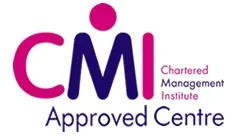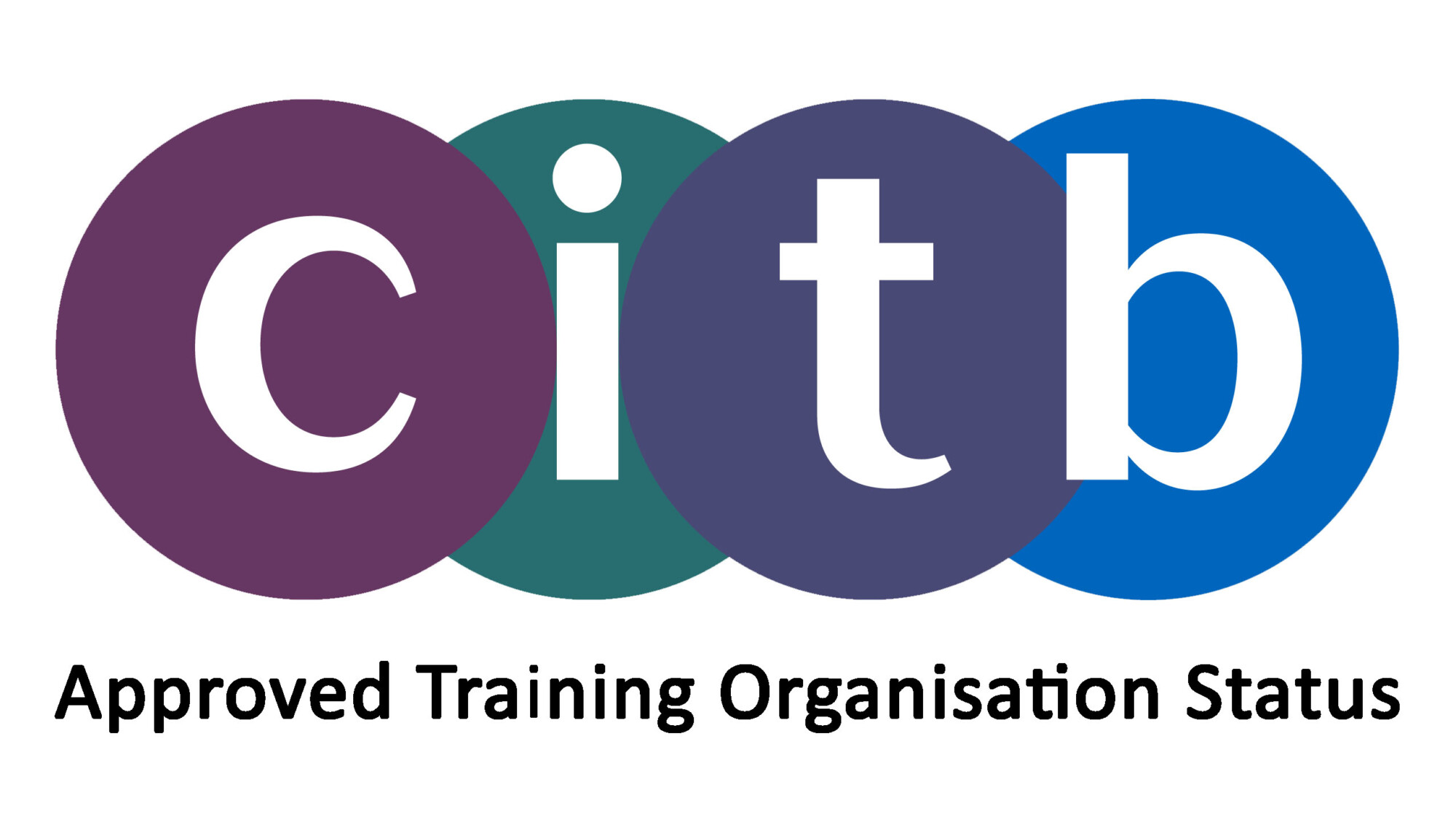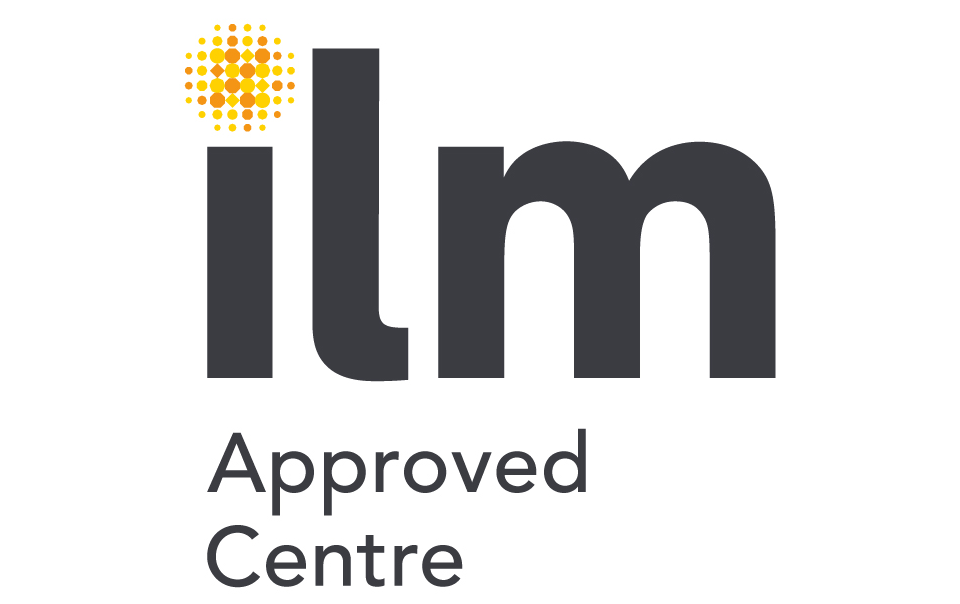Bridging the Generational Gap: Training Strategies for Multigenerational Leadership
It wasn’t that long ago that organisations were led by the most experienced while younger employees gradually earned responsibility over time. Today, leadership looks very different. In many organisations, especially fast-moving sectors, younger employees may lead teams that include colleagues decades their senior.
This shift can create challenges if not handled with care. Multigenerational teams bring a huge amount of value, but they also need support. Here’s how training can bridge the generational gap and build stronger leadership across all levels.
1. Set Clear Corporate Objectives
When people understand the organisation’s wider goals and how their work contributes to them, age becomes irrelevant. Everyone pulls in the same direction.
Make sure your training reinforces:
-
The company’s mission, vision and values
-
How different departments and roles support strategic aims
-
What success looks like, and how it’s measured
Induction training should introduce the bigger picture. Refresher training keeps it front of mind. A shared purpose helps unify teams of all ages and backgrounds.
2. Reward Performance, Not Time Served
Leadership potential should be recognised based on results, not tenure. When promotions and development opportunities are earned through performance, you level the playing field.
This benefits your organisation by:
-
Accelerating leadership growth
-
Retaining ambitious talent
-
Encouraging high standards across the board
Training can help managers recognise ability objectively and support emerging leaders, regardless of age.
3. Capture and Share Institutional Knowledge
Long-serving employees often hold valuable knowledge that isn’t written down. If those individuals leave without passing it on, the business loses out.
Use training and mentoring to:
-
Pair experienced staff with rising leaders
-
Create knowledge-sharing frameworks
-
Capture best practice in a usable format
This builds mutual respect and strengthens ties between generations.
4. Tailor Training to Real Skills Gaps, Not Assumptions
Avoid making assumptions about what different age groups know or need. Instead, base training on real data from appraisals, feedback, and observed performance.
Support everyone as individuals by:
-
Identifying personal development goals
-
Creating training plans aligned with ambition and role
-
Providing support for both technical and interpersonal skills
When training is tailored, inclusive, and clearly linked to outcomes, age stops being a dividing line.
Final thought
Multigenerational leadership isn’t a challenge to solve—it’s an opportunity to seize. When you invest in your people based on their capability and drive, you build a culture of respect, trust, and performance.
Want to build stronger leadership across your organisation?
At Keystone, we design bespoke training programmes that develop future leaders, support experienced talent, and build cohesive, high-performing teams.
Contact the team today to find out how we can help.
Esther Patrick is a Client Accounts Director at Keystone and a member of the Senior Leadership Team. An experienced consultant and management author, she has nearly 20 years’ experience leading client partnerships across sectors from construction to healthcare and designing leadership, culture, and team development programmes aligned with their strategic goals and values. Esther is passionate about creative, human-centred learning.



